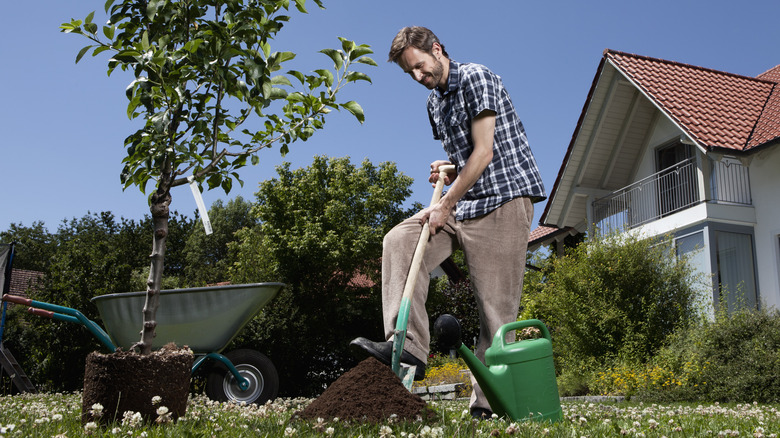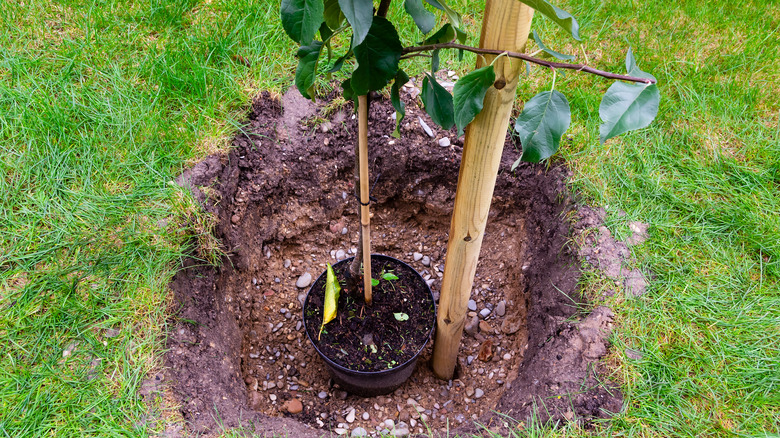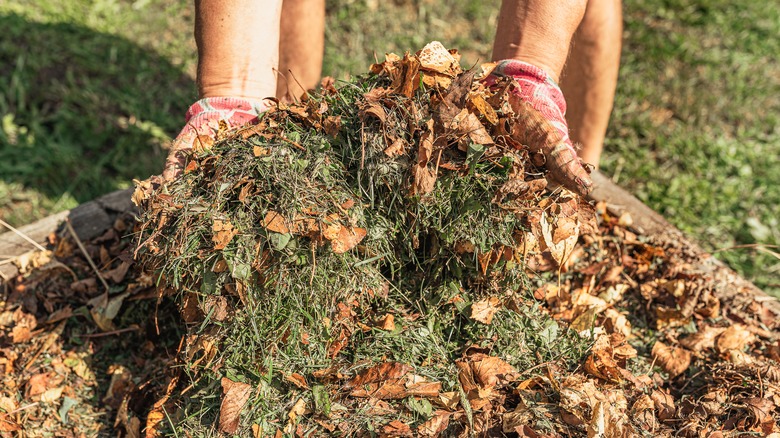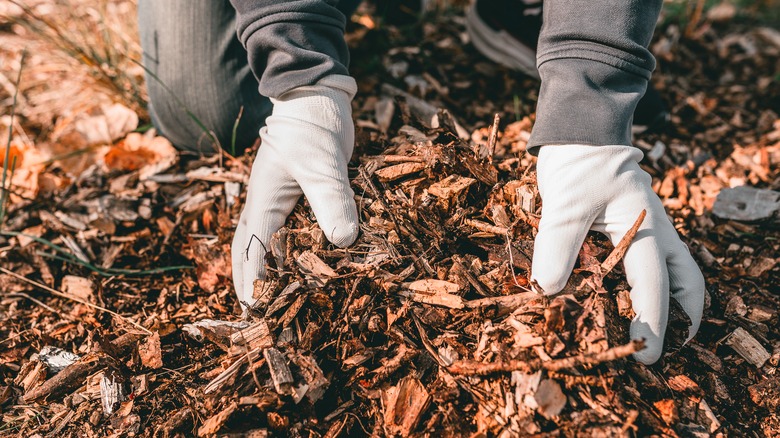Pexels
One of the benefits of owning a property with a considerable amount of land as opposed to living in the city is that you can plant vegetation on it and be surrounded by greenery. You don’t even have to stop at erecting small bushes, as tall trees could be an excellent addition to your yard. Planting trees not only beautifies your house but also provides shade, controls erosion, counters air pollution by giving off fresh oxygen, and encourages wildlife like birds into the area. Additionally, fruit trees give you and your family something to look forward to every harvest season.
However, one of the reasons many people shy away from planting trees is because of the work it takes to get the tree from the budding stage to maturity. Fortunately, America’s favorite home and lifestyle expert Martha Stewart has some helpful tips for growing gorgeous, healthy trees without any stress at all, which she provides on her website. Trees are larger and more complex than shrubbery, so you need to put more effort into planning for them and taking care of them. For veteran tree-planters, this is no big deal, but for beginners, a helping hand is all you need to turn that little sapling into a healthy tree.
Know your location

Being a plant parent is thrilling because you can visibly see the fruition of your labor. Planting a tree in your yard is exciting but can easily turn sour if you’re not aware of the best practices. To get started on your planting endeavor, you first need to do an assessment of your yard. According to Martha Stewart’s testimonial on her website, the journey starts with determining the type of tree you want to plant, whether it would be a good fit for your region, and where to put it. Resources like Arbor Day will give you information about what your hardiness zone is and what trees would grow well in your area.
Also, location matters. Now that you’ve got your dream tree, where in your yard are you going to plant it? This depends on if the tree requires a lot of sunlight to grow or if it prefers shade, or if it likes a lot of water or a highly-drained soil. Also, if you’re wondering how far your tree should be from your home, it’s best to give it at least 10 feet if it’s a small tree. For medium-sized varieties, provide 20 feet, and give it a 50-foot gap if it’s a very large tree. You should also take into consideration what the purpose of the tree is. Be thoroughly conversant with the species and what it needs to thrive in your yard.
Dig a big enough hole for your new tree

Martha Stewart’s endless tree-planting wisdom continues with some advice on how large your planting hole should be. You should aim to dig a hole that’s about twice the size of the pot the tree came in. This will provide enough room for the roots to stretch out and take hold. Make sure to prep the yard soil before you plant the tree as well. This entails clearing any obstacles blocking the roots such as hard rocks and compacted dirt. You should also generously water the hole around the pot for a variety of reasons.
Watering is important when transferring your new tree to its permanent home in your yard because it washes away the dirt from the roots, giving it a clear path to settle into the ground. Also, it gets rid of air pockets in the ground which could stunt root growth. It’s also generally important because your tree needs to stay hydrated in order to grow.
Tend to the roots and supply compost before planting

larisa Stefanjuk/Shutterstock
Since the roots are the foundation of any plant including trees, you have to make sure they are viable enough for planting. Martha Stewart keeps young tree roots in water for a few hours before replanting them in a pot containing rich compost and soil for 12 to 18 months. She does this to give the roots nourishment and the grace to grow and mature until they’re ready to be transplanted into the ground. It also heightens their ability to be able to spread as much as possible while in the ground.
You can whip up some fancy DIY compost with ingredients found in and around your house. Stewart’s DIY compost recipe on her website includes plenty of garbage food items such as old and expired fruit and coffee grounds, as well as grass and leaves. Throw that all into a compost bin, add some water for moisture, and let it decay for some nutritious plant food. You could also combine all the organic materials together in a blender with a small amount of water. Then, pour this liquid mixture into an existing compost pile or some soil and mix together.
Do not bury the root flare
Urbancow/Getty Images
If your baby tree is ready for transplanting, give yourself a well-deserved pat on the back. However, a simple error can easily cost you the life of your tree. One mistake so many people make when transferring the tree into the ground is burying the root flare. In the nursery, your sapling’s roots were probaby covered completely with soil up to the root flare. This is because it’s hard to locate the flare when your tree is a youngin, but when it matures to the point of being planted, you should be able to determine where it is.
It’s the point right before the roots start branching out at the base. Martha Stewart advises that you use a mixture of compost and soil up to the flare level, and when lowering your tree into the hole, make sure it stays upright and leveled before filling up the space. If you’re having trouble identifying the root flare, look for where the trunk flares out slightly, or where it’s slightly larger than the rest of the trunk. You don’t want to bury this part of the tree, as it could hinder its important gas exchange and therefore suffocate the plant, which could lead to death.
Mulch the topsoil and water your new tree

larisa Stefanjuk/Shutterstock
Martha Stewart’s tree-planting advice rounds out with making sure the topsoil gets as much attention as the hole you just planted your tree in. Mulching is the first step and involves covering the soil with things like grasses and leaves. This is to prevent weed formation, build structure for the soil, improve water drainage, encourage bioactivity, and shield the soil from the sun. However, mulching should also be done carefully so as to not cover the root flare of the tree so that it doesn’t lead to root rot. Too much mulch on the soil can lead to root suffocation by hindering the oxygen flow, so it should ideally be kept at ground level.
Once the topsoil is mulched and ready, the last thing on your to-do list is to give your newly-planted tree a nice drink of water. Stewart’s routine? Set up a 10-minute watering session once every week for a few months. Keep in mind that this also depends on the variety of the tree and its hydration requirements. Some planters water more often than this so make sure you are meeting the needs of your new tree. Before you realize what’s happening, the branches and leaves of your tree will start soaring over your head.


